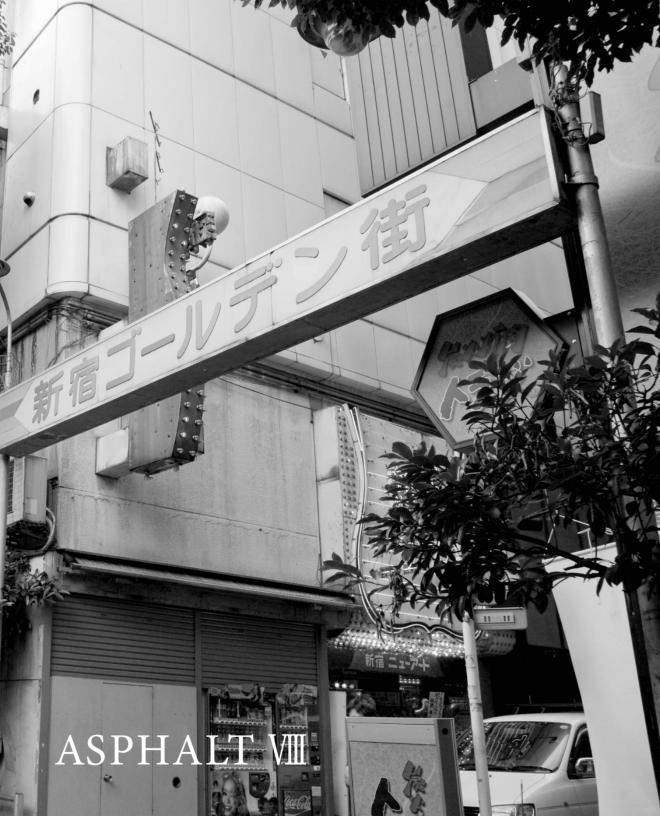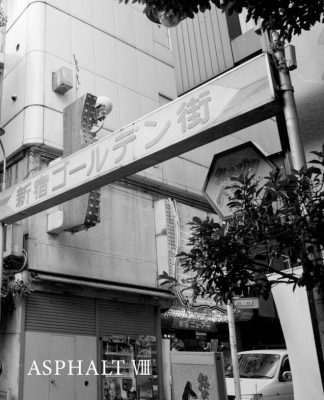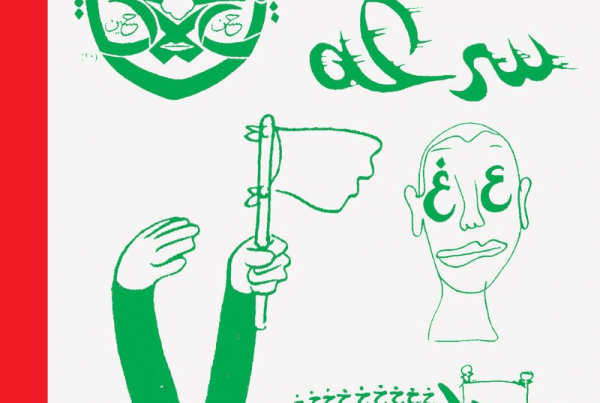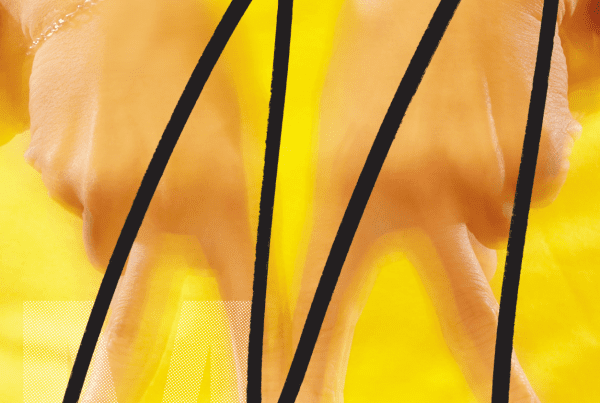
 Asphalt
Asphalt
Issue viii
Self-Published
Edited by Akira Hasegawa
Contributing Artists: Shinichiro Tojimbara, Atsushi Fujiwara, Taimei Matsunaga and Akiko Suda.
English and Japanese
Softcover
Limited Edition of 700.
32 Pages
210 x 260 mm
2011
ISBN 9784904262085
Asphalt is a photography magazine launched by photographer Atsushi Fujiwara and Shin-ichiro Tojimbara in May 2008. From the 2nd isue, legendary Japanese photo editor Akira Hasegawa joind as an editor in chief. Asphalt finished in October 2012 with 10th issue as we decided when we launched.
(source: http://www.fuji-field.jp/asphalt/)
About the Artists
Shinichiro Tonihara (b. tachikawa, Tokyo 1972) Graduating from Tokyo Visual Arts then later worked for Sanchome Studio. They went on to establish Galeria Q in 1996.
(source p.32)
Atsushi Fujiwara (b. Okayama, 1963) after working for an interior company, moved to the UK in 1989. After he came back to Japan he went into the world of business management via an architectural design office. He has been running a photo studio for ads and magazines in Tokyo since 2005.
(source p.32)
Akiko Takizawa won the prestigious HSBC Prix pour la Photographie in 2014. Takizawa works both with traditional processes and contemporary ideas, carrying forward the honorable tradition of Japanese innovation in black and white photography since the Second World War.
(source: https://ibashogallery.com/exhibitions/42-06-akiko-takizawa/overview/)
Taimei Matsunaga no information available.
About the Magazine
Asphalt is a photography magazine launched by photographer Atsushi Fujiwara and Shin-ichiro Tojimbara in May 2008. From the 2nd issue, legendary Japanese photo editor Akira Hasegawa joined as an editor-in-chief. Asphalt finished in October 2012 with 10th issue as we decided when we launched.
From its inception, Asphalt was created with the intention to produce a finite series of only ten issues, stemming from the belief that the concept, as it stands now, will eventually be exhausted and there will be no need to carry it forward indefinitely. As an experienced entrepreneur, Fujiwara is also mindful of the fact that apart from creative and artistic concepts, the long-term continuation of the project is crucial to its overall success. Like a group of friends who join up to establish a band or other creative group, projects like this usually stall or fail after the firstattempts of producing output, even if there is an initial success. Conceptual disagreements and battling egos threaten the long-term sustainability of such aventure, not to mention financial responsibilities and obligations. Therefore, the group wanted to define key responsibilities from an early stage, including conceptual, editorial and business aspects.
Fujiwara seeks to emphasize his underlying motivation of providing a reflection on Japanese photography, past and present. In his view, despite the enormous general interest in photography in Japan, there is a great lack of institutional and individual examination into the cultural context within which photographers operate and produce images. Ofparticular importance is the need to find the connection and evolution path between the previous generation of photographers from the 1960s and 70s, with the more recent wave of artists since the mid and late 1990s. Academic institutionsthat look at the medium and art of photography are far and few between, Tokyo National University of the Arts or “Geidai” being a notable exception. Education is most commonly concentrated on teaching technology and technique in vocational schools, preparing photographers for a commercial career, while putting aside the aspect of personal expression. This void notonly includes image creators, but also the traditional role of photo editors, like Hasegawa. The legacy of Camera Mainichi seems distant in a world where commercial needs dictate, or at least heavily influence, what a magazine is in order to draw their readers’ attention.
(source: http://www.fuji-field.jp/asphalt/)



